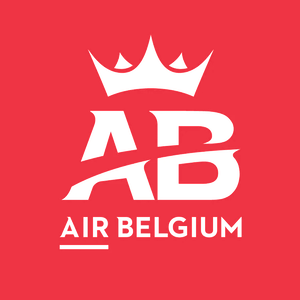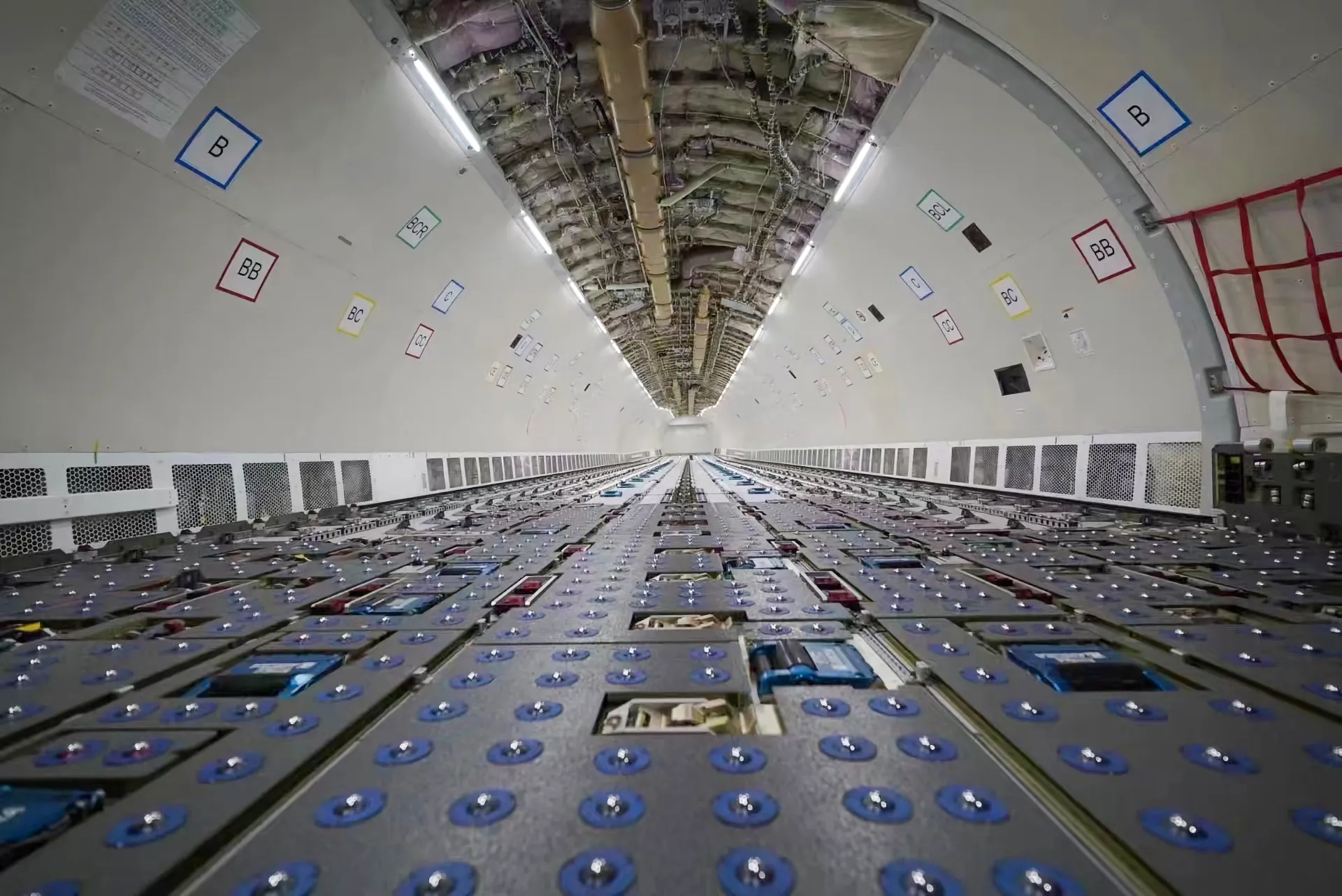Air Belgium is certified for the carriage of Dangerous Goods and is following the International Air Transport Association (IATA) standard guidelines for transportations, without operator variations for the accepted classes of Dangerous Goods mentioned below.
All categories of dangerous goods can be accepted on our aircraft except for Class 1 (Explosives) and Class 7 (Radioactive material). However, division 1.4 of Class 1 (substances and articles, which present a minor explosion hazard) is exempted and can be accepted on board.
Dangerous goods as cargo
Dangerous Goods may be carried on aircraft according to the International Civil Aviation Organization’s Technical Instructions for the Safe Transport of Dangerous Goods by Air (ICAO), and provided they are properly prepared and checked for transport in accordance with the Regulations.
Some Dangerous Goods are too dangerous for air transport and must not be carried on aircraft under any circumstances. This includes any article or substance which, as presented for transport, is liable to explode, dangerously react, produce a flame or dangerous evolution of heat or dangerous emission of toxic, corrosive or flammable gases of vapours under conditions normally encountered in transport.
Dangerous Goods are divided into 9 classes, each class reflecting the type of hazard involved. Some classes are further divided into sub-divisions.
Classes of Dangerous Goods accepted on board
- Division 1.4 of Class 1: Substances and articles, which present no significant explosion hazard.
- Class 2: Gases.
- Class 3: Flammable liquids.
- Class 4: Flammable solids, substances liable to spontaneous combustion, substances which, in contact with water, emit flammable gases.
- Class 5: Oxidizing substances and organic peroxides.
- Class 6: Toxic and infectious substances.
- Class 8: Corrosive.
- Class 9: Miscellaneous.
Limited quantities of Dangerous Goods may only be carried in accordance with the limitations and provisions and all the applicable requirements of the Technical Instructions as described in the latest IATA Dangerous Goods manuals.

